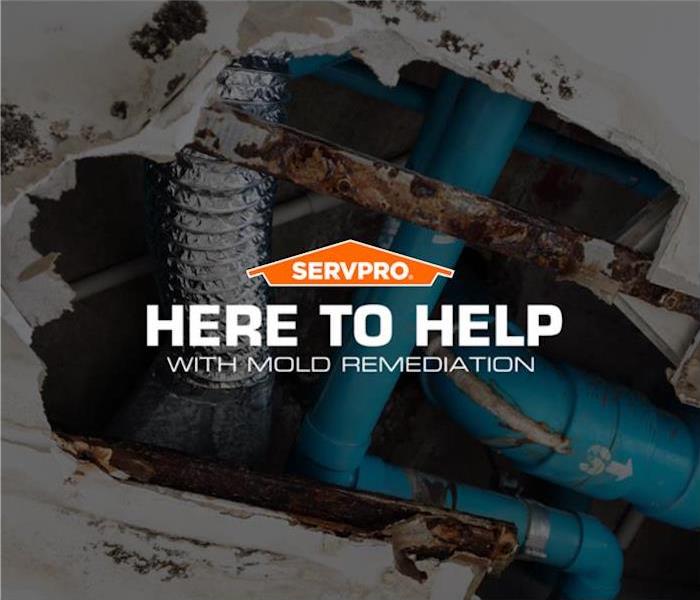You Need SERVPRO to Mitigate Mold Damage in Bellevue
9/8/2022 (Permalink)
 Water leaks fixed, control demolition, and mold remediation completed by SERVPRO for our Bellevue customers; We Are Here To Help.
Water leaks fixed, control demolition, and mold remediation completed by SERVPRO for our Bellevue customers; We Are Here To Help.
Why is SERVPRO So Effective in Remediation of Mold Damage in Bellevue?
One of the biggest objectives of remediation of mold damage to your Bellevue property is to prevent mold spores, fragments, and dust from spreading to unaffected areas. SERVPRO technicians take extra care to avoid this 'cross-contamination of airborne contaminants by following the S520 guidelines suggested by the Institute of Inspection, Cleaning and Restoration Certification (IICRC).
SERVPRO restorers erect critical barriers with polyethylene sheeting as a first line of defense to prevent the spread of mold damage in your Bellevue home. Isolating contaminated areas and establishing robust containment zones ensure that the situation does not worsen. SERVPRO mold specialists then use state-of-the-art equipment to clean and remove the contamination.
Types of Containment During Mold Remediation
The IICRC recommends three types of containments during mold remediation projects-
- Source Containment: SERVPRO technicians use source containment to address relatively small areas of mold growth. Some examples of source containment include:
- Using self-adhering plastic or taping polyethylene sheeting on a moldy surface before removing it
- Wrapping, bagging and securing moldy contents in a 6-mil polyethylene sheeting
- Local ‘mini’ containment: SERVPRO technicians use local containment when dealing with moderate contamination levels. Technicians build an enclosure to separate the affected area from the unaffected area within a structure during such containments. Technicians use PVC pipes, wood framing, and spring-loaded poles to construct the enclosure and cover it with 6-mil poly film.
Technicians also install HEPA filtered negative air machines to create negative pressure differentials within containment areas.
- Full-scale containment: If the mold growth is extensive and can't be controlled with source or local containment, the IICRC recommends a full-scale containment. An entire room or a section of the structure is usually a containment area. All the exposed surfaces such as walls, ceilings, and floors are sealed off with poly barriers.
The Role of Air Flow in Mold Mitigation
SERVPRO mold specialists control the airflow and use air exchanges between the clean and contaminated areas to dilute airborne spore concentrations. The direction of the airflow is always maintained from clean to contaminated areas.
As the containment areas are under negative air pressure, it is essential to exchange the air with fresh air from outside. The IICRC recommends a minimum of four air exchanges per hour for containment, ventilation, and dilution.
All the air leaving or entering the containment zone is passed through a HEPA filter. SERVPRO technicians use only well-constructed professional HEPA filters to retain the fungal spores and fragments.
The Need for Dehumidification
SERVPRO technicians address the underlying moisture problem using strategically placed dehumidifiers. The pieces of equipment serve two purposes- drying the structure and maintaining a condition that does not support microbial growth. Not all mold problems result from moisture issues, and hence, dehumidification is not required in all cases.
Dealing with mold damage without professional help can be stressful and overwhelming. Our technicians are available 24X7, and We’re Faster To Any Size Disaster.
Call SERVPRO of Bellevue West at (425) 454-3900 to talk to one of our technicians and discuss your restoration needs.






 24/7 Emergency Service
24/7 Emergency Service